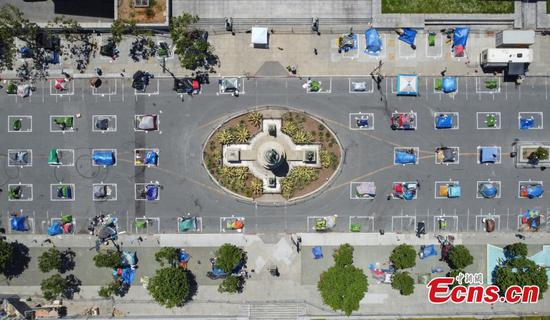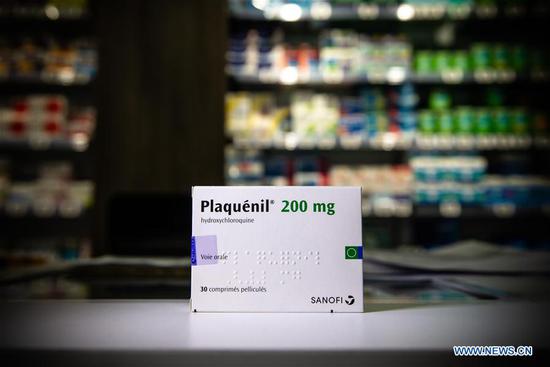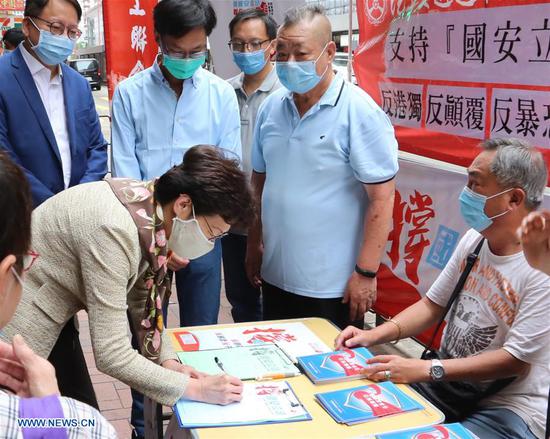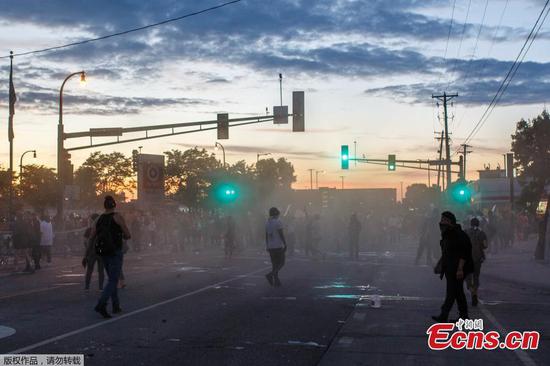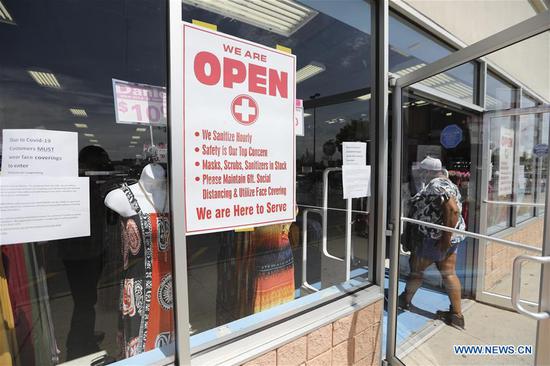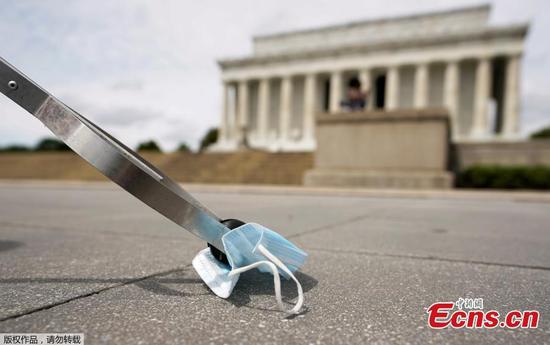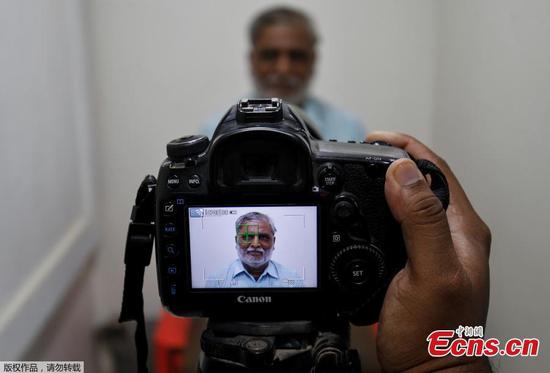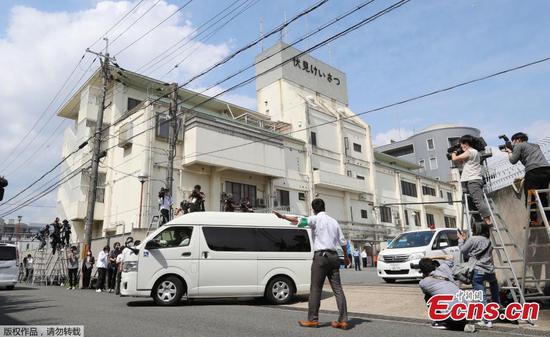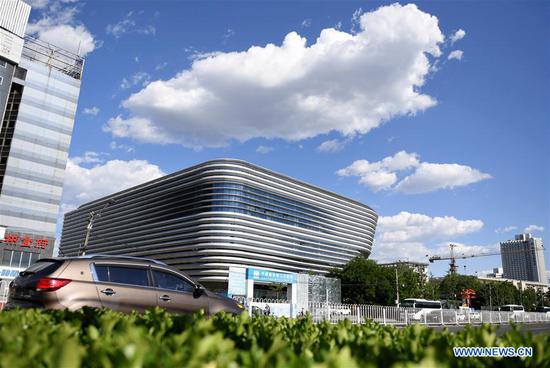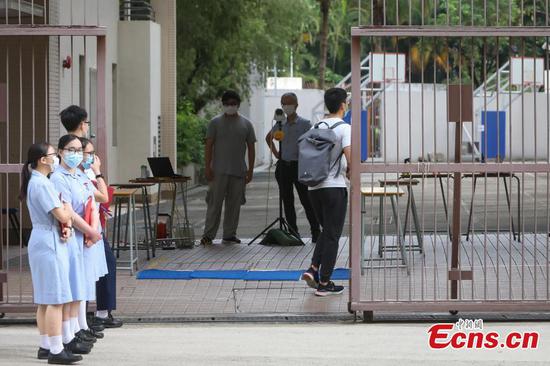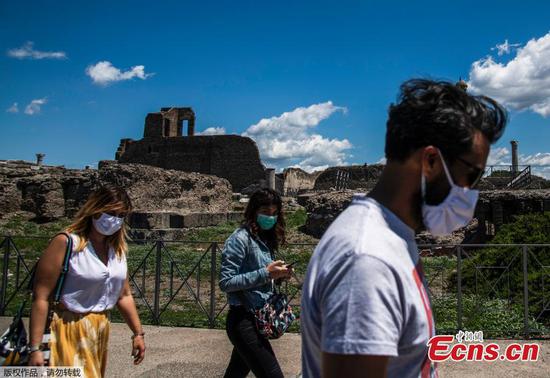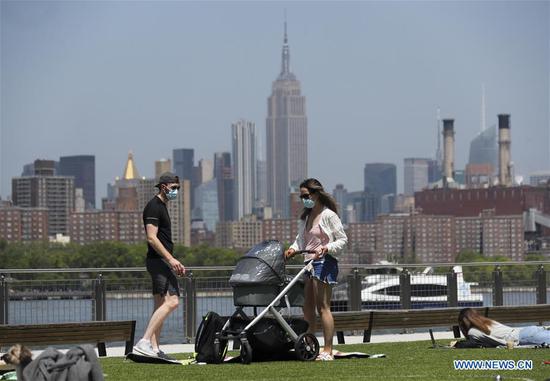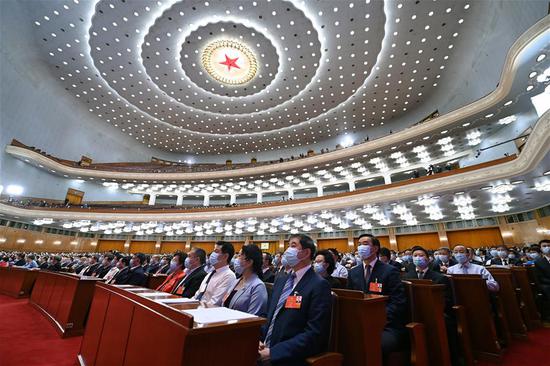U.S. personal consumption expenditures (PCE) nosedived 13.6 percent in April month-on-month amid widespread shutdowns triggered by the COVID-19 outbreak, the U.S. Commerce Department reported on Friday.
The plunge, following a revised 6.9-percent drop in March, has been the sharpest drop in government records since six decades ago, according to the report released by the department's Bureau of Economic Analysis.
Personal income surged 10.5 percent in the month, primarily reflecting a sharp rise in "government social benefits" to persons as payments were made to individuals from federal economic recovery programs in response to the COVID-19 pandemic, the bureau said.
PCE, which accounts for about two thirds of the U.S. economy, had seen a moderate growth before the COVID-19 outbreak. PCE increased by 0.2 percent in February from the prior month.
The new data came one day after the Commerce Department revised down gross domestic product (GDP) in the first quarter to a 5.0-percent annualized contraction in a second estimate, 0.2 percentage point lower than the advance estimate in April.
"This report, however, is only a taste of what to expect in Q2 (the second quarter), when we forecast GDP to nosedive at an annualized rate of 25 percent," Jay H. Bryson, acting chief economist at Wells Fargo Securities, wrote in an analysis.
Bryson also noted that weak U.S. production and personal consumption weighed on corporate profitability in the first quarter, but as with GDP, the second quarter will be "much worse" for corporate profits.













